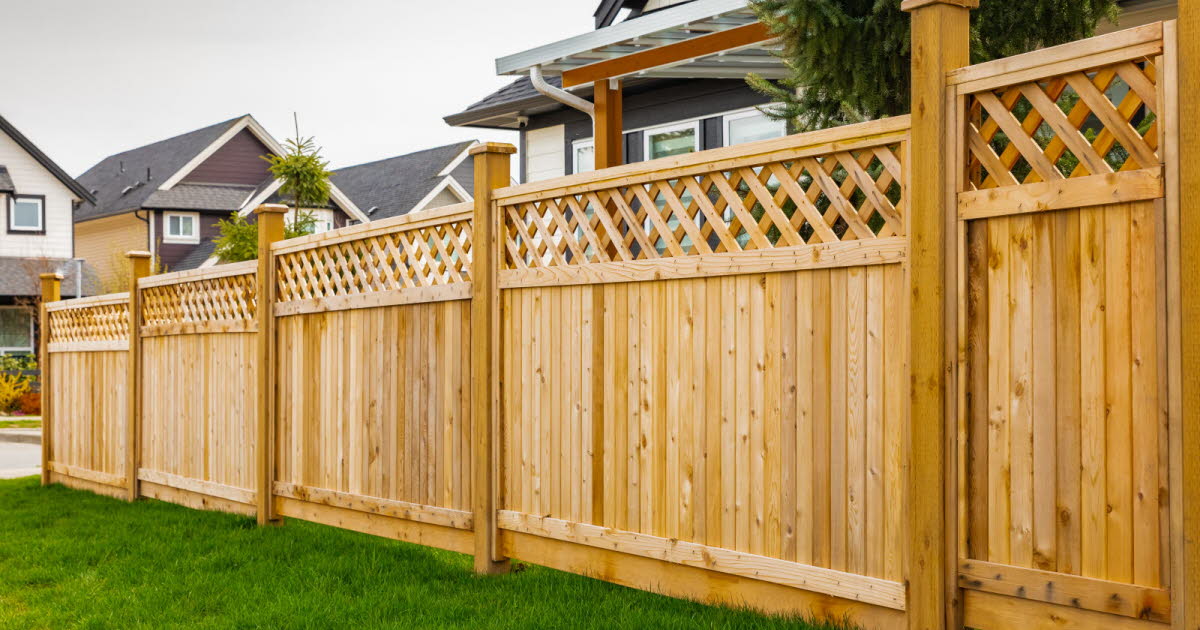To be considered adjacent, a wall must separate two buildings, two lots, two courtyards, or two buildings belonging to two different owners. If it is a wall from one building located on the border of the property, the wall is not considered neighboring: it belongs to the owner of the building.
Do you have the right to build a party wall?
Any construction of a masonry wall sealed in the ground between two properties is governed by local texts which define in particular the minimum and maximum height.
The first thing you need to do to find out your rights is to contact your town hall’s planning department. You can then refer to the local spatial plan (PLU) or the map of the municipality. It can also be local rules or rules used in housing estates.
In the absence of local rules, your wall must be at least 2.60 m high in a municipality with up to 50,000 inhabitants and 3.20 m if you live in a municipality with more than 50,000 inhabitants.
What steps?
If you want to build a wall on the boundary of your property, start by drawing a boundary that clearly defines its location.
If the PLU requires it, or if the planned height of your wall is equal to or greater than 2 m, you must notify your town hall in advance of the work. This wall becomes joint property between you and your neighbor.
Any intervention on this wall, including only on your side, must be done with their consent. However, you can choose to raise the existing party wall yourself, as long as the maximum applicable heights are respected. You will then be the sole owner and responsible for the added portion of the wall.

